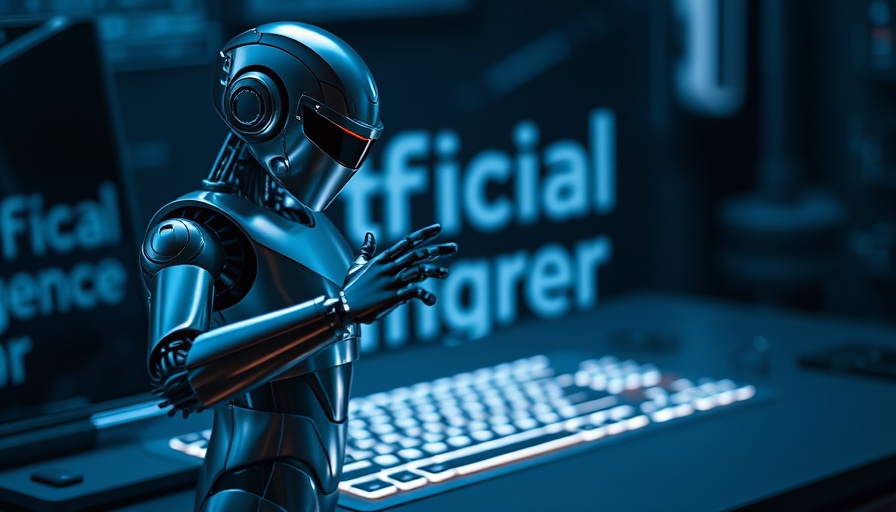
Amazon's Bold Move: A New Era for AI and Job Security
In a revealing memo, Amazon CEO Andy Jassy brought forth a stark yet candid message about the future of work within one of the nation's largest employers. As AI technology continues to evolve, Jassy announced that the company would be optimizing efficiency through AI, implicating a potential decrease in its workforce. With approximately 1.5 million employees, this revelation has significant implications not just for Amazon but for the entire job market.
The Push for Transparency in Corporate Culture
Jassy's honesty may resonate across industries, as management experts suggest that such transparency could open the floodgates for other CEOs to follow his lead. Marlo Lyons, an executive coach, described this move as “culture modeling” — encouraging a climate where companies feel safe to discuss AI's impact without sugarcoating its implications. This newfound openness can foster trust between employers and employees, particularly in a climate where job security feels increasingly precarious.
Understanding the Landscape of AI Impact on Jobs
As AI takes center stage in decision-making processes, numerous CEOs are echoing Jassy's sentiments. Tobi Lütke of Shopify emphasized that AI is now a fundamental expectation, urging managers to consider AI before hiring new talent. This trend raises vital questions about the future of jobs: what roles are genuinely irreplaceable by AI, and how can employees adapt? A proactive approach to upskilling could ensure that workers are not just left behind but equipped to thrive alongside technological advancements.
The Risks of Ambiguity in AI Discussions
While open dialogue can mitigate fears, ambiguity surrounding job security and AI integration can lead to talent loss. Cary Cooper, an organizational psychologist, warns that failing to communicate specific job risks and retraining opportunities could result in a wave of “regrettable turnover.” Employees who feel uncertain about their futures may seek security elsewhere, illustrating the importance of strategic communication from leadership.
AI as a Scapegoat: Seeking Accountability
Interestingly, the narrative that AI is the primary reason for job reductions is not entirely new. Thomas Roulet, a professor of organizational sociology, pointed out that companies have frequently used AI as a pretext to justify workforce downsizing, often without a detailed plan for what comes next. This highlights the importance of ensuring that businesses are not merely using AI as a scapegoat for poor decision-making but are instead looking strategically at how they can leverage technology to enhance operational capacity.
Charting a Path Forward: The Employee’s Perspective
The conversation around AI and jobs is not just about numbers; it’s about the human element. Employees should feel empowered to seek clarity on how these changes will impact their roles and what the company is doing to help them. Initiatives that include open forums, training programs, and resources for career development can significantly relieve anxiety about job security amid these technological advancements.
Your Role in Navigating AI Changes
As AI continues to evolve and reshape the workforce landscape, it's crucial for employees to stay informed and adaptable. Embracing new skills and seeking opportunities for growth can turn potential threats into opportunities. Remember, navigating this evolving landscape requires proactive engagement, both from leaders and team members.
If you want to navigate these changes effectively, consider leveraging resources that can help you maintain a competitive edge in a future where AI plays a larger role in businesses. Bypass ANY AI Detector with ease with this guide to stay ahead of your career.
 Add Row
Add Row  Add
Add 




 Add Row
Add Row  Add
Add 

Write A Comment